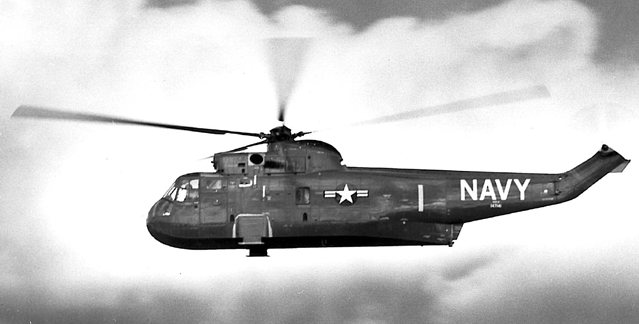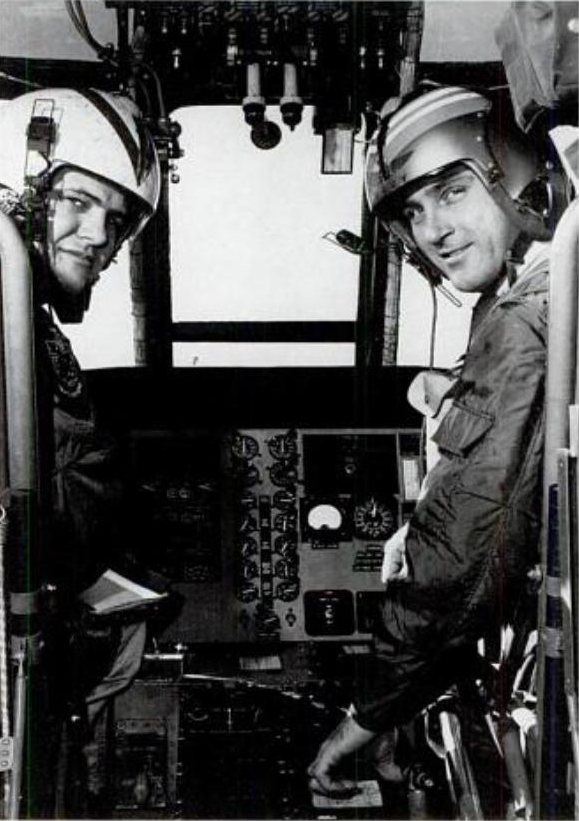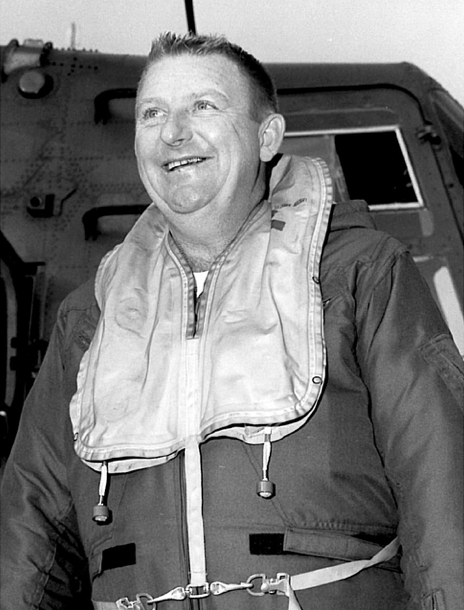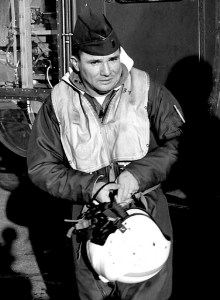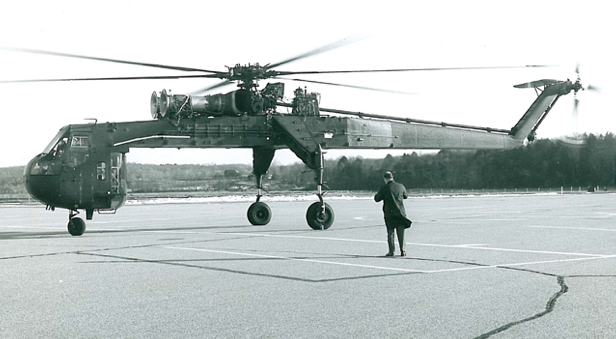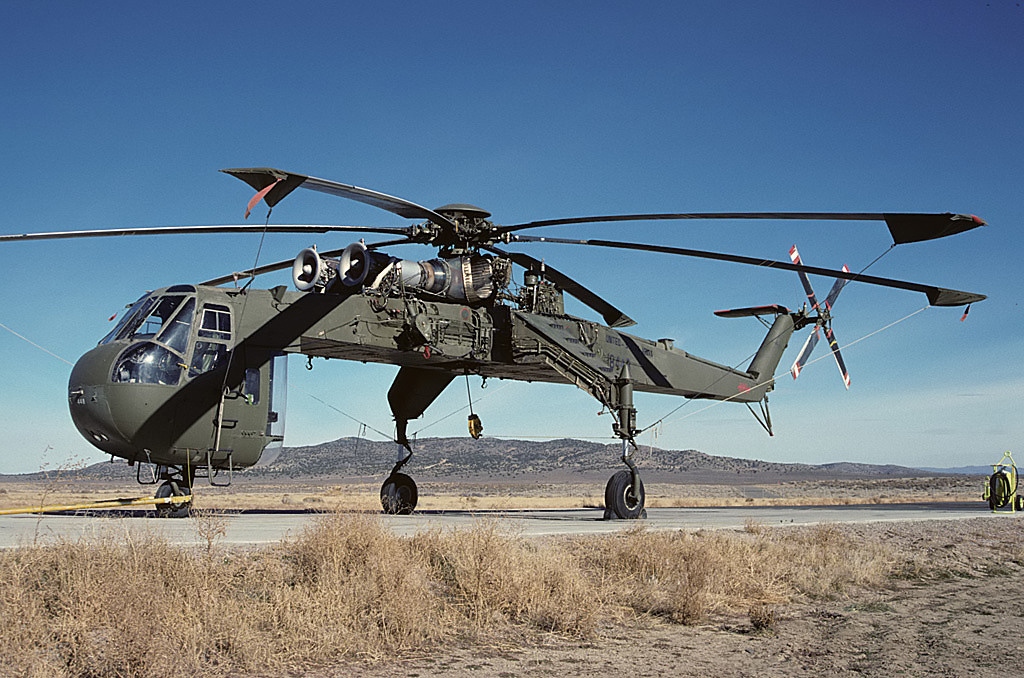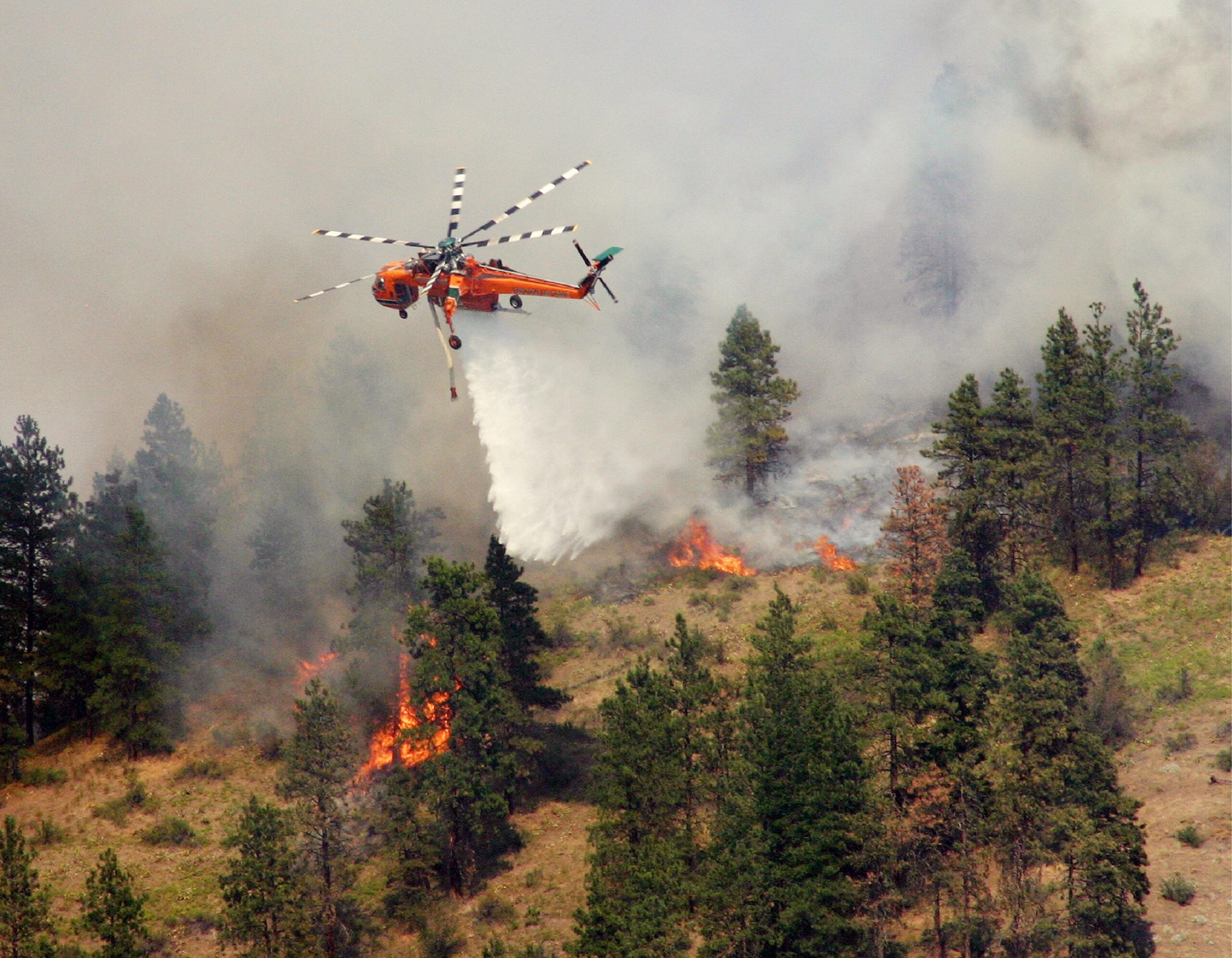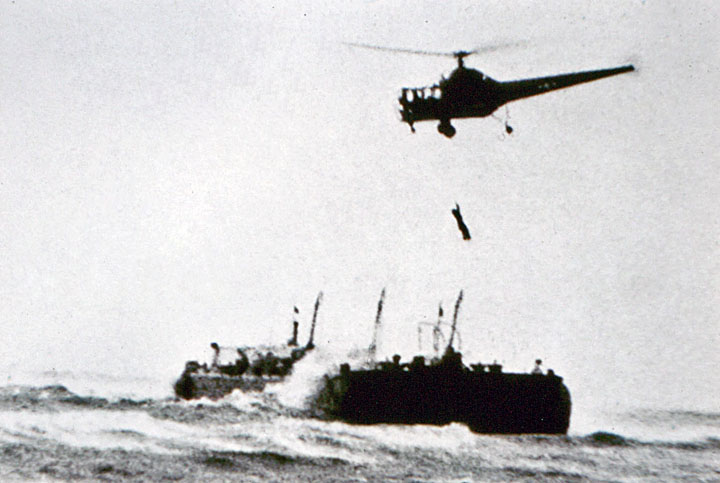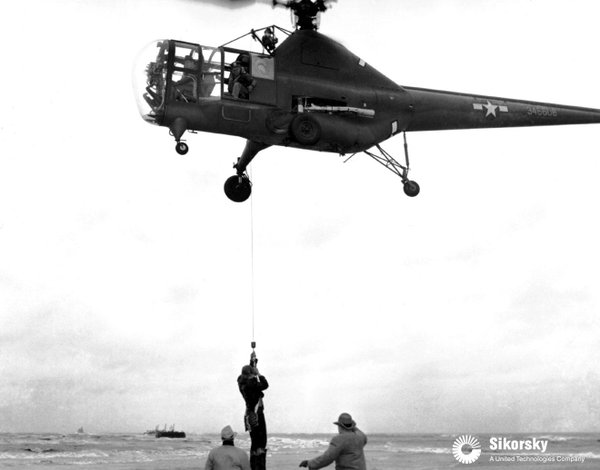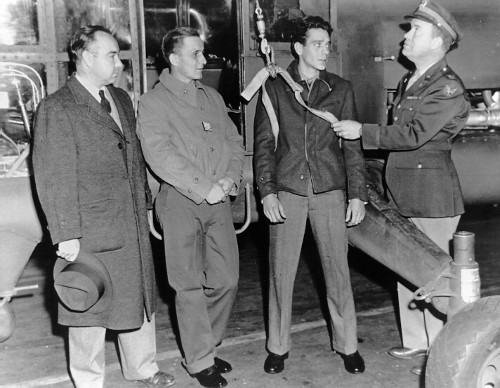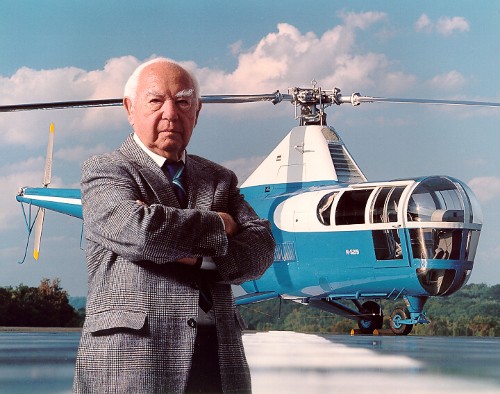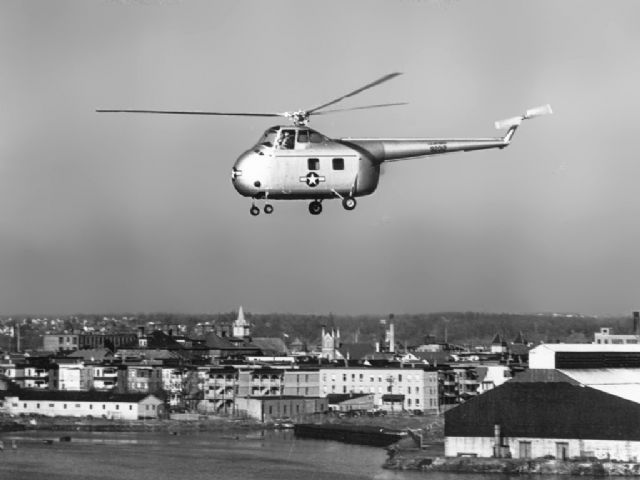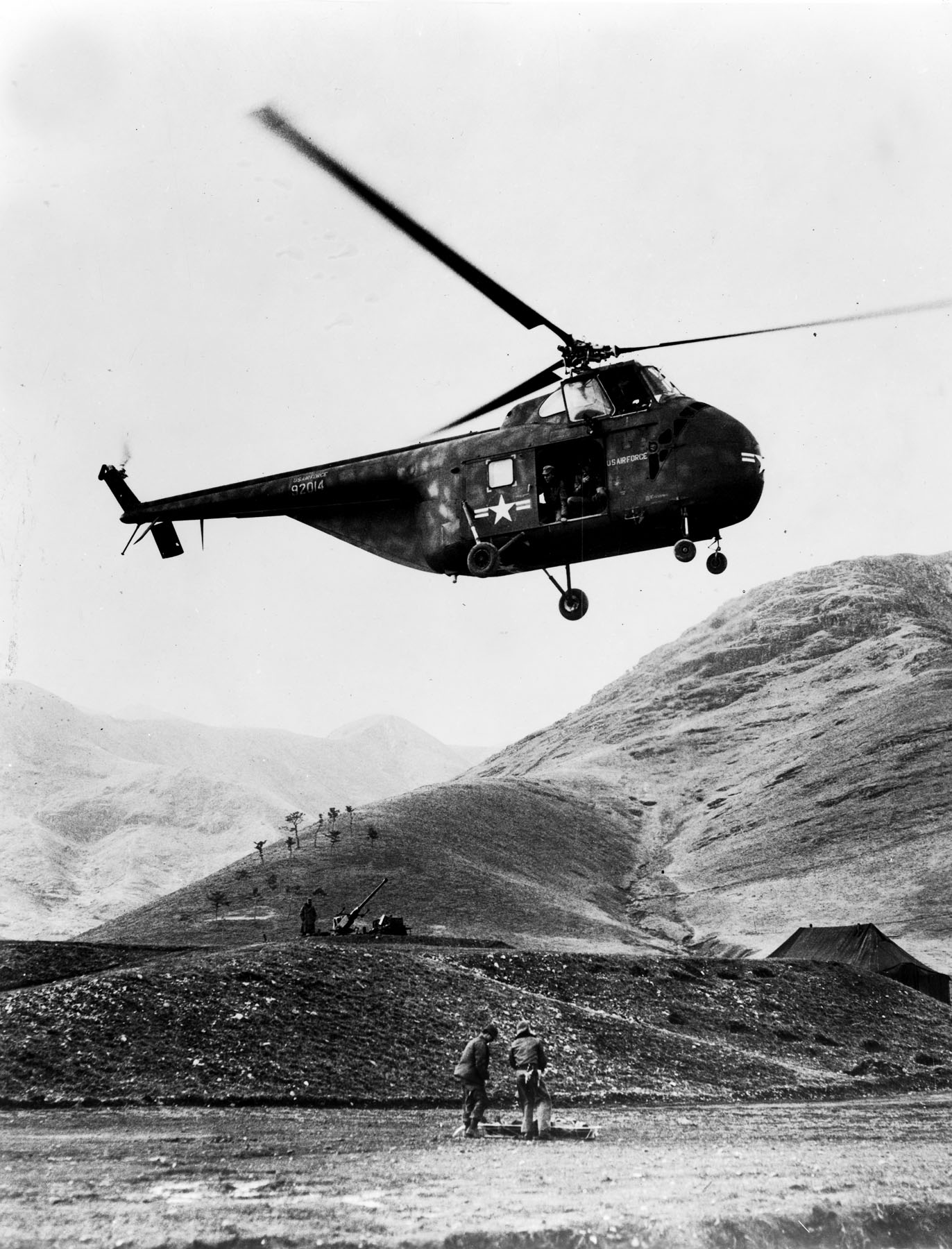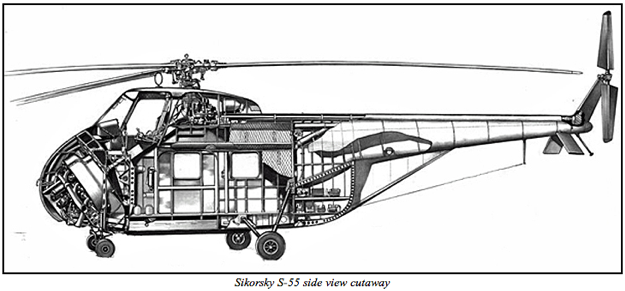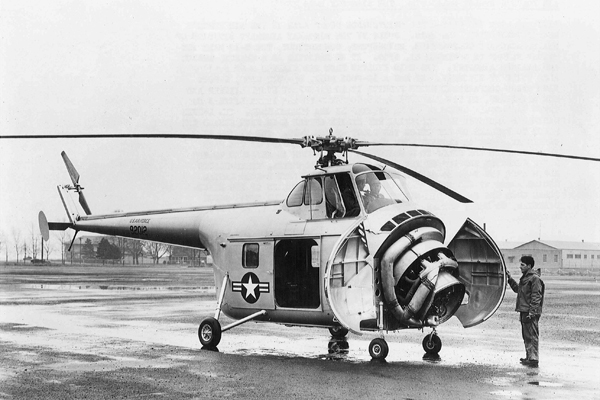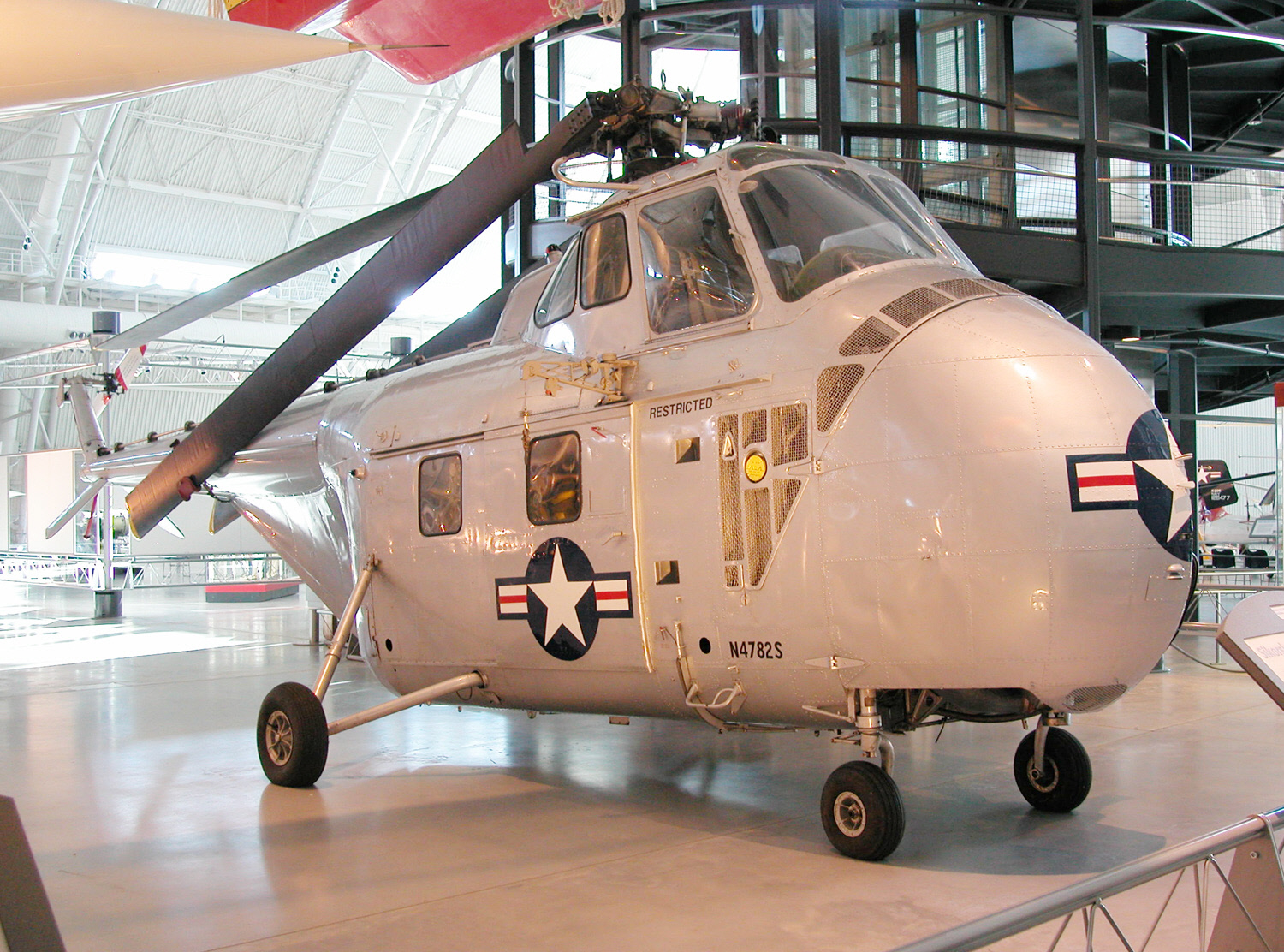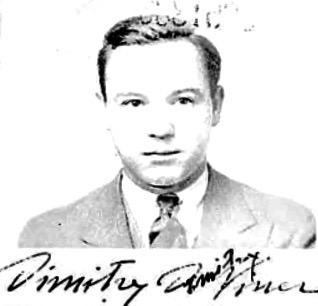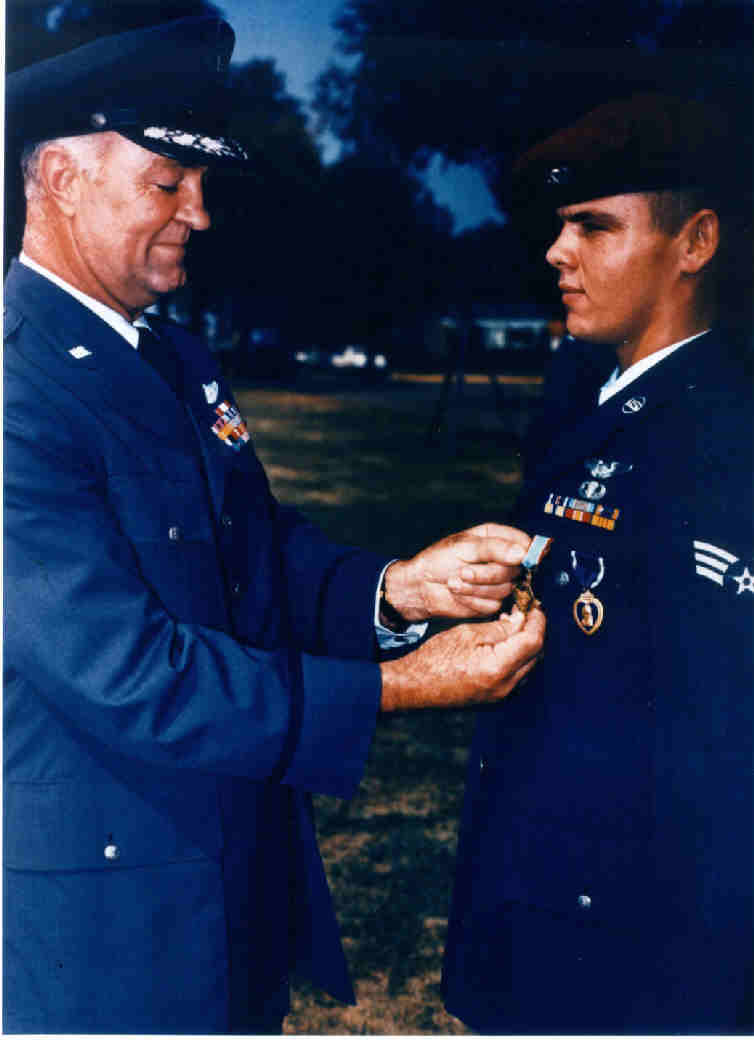
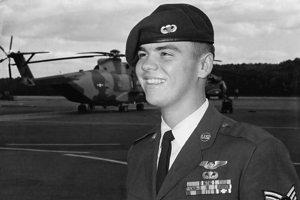 6 February 1967: That Others May Live. Airman 2nd Class Duane D. Hackney, U.S. Air Force, 37th Aerospace Rescue and Recovery Squadron, rescued the pilot of a downed aircraft and earned the Air Force Cross. He was the first living enlisted recipient of the Air Force Cross.
6 February 1967: That Others May Live. Airman 2nd Class Duane D. Hackney, U.S. Air Force, 37th Aerospace Rescue and Recovery Squadron, rescued the pilot of a downed aircraft and earned the Air Force Cross. He was the first living enlisted recipient of the Air Force Cross.
With more than 70 individual medals, Chief Master Sergeant Hackney was the most highly decorated enlisted man in United States Air Force history.
His citation reads:
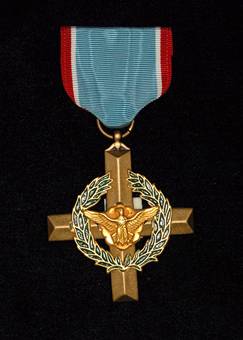
“The President of the United States of America, authorized by Title 10, Section 8742, United States Code, takes pleasure in presenting the Air Force Cross to Airman Second Class Duane D. Hackney (AFSN: 16827003), United States Air Force, for extraordinary heroism in military operations against an opposing armed force while serving with the 37th Aerospace Rescue and Recovery Squadron, 3d Air Rescue and Recovery Group, DaNang Air Base, Vietnam, as a Paramedic (Pararescueman) on an unarmed HH-3E Rescue Helicopter near Mu Gia Pass, North Vietnam, on 6 February 1967. On that date, Airman Hackney flew two sorties in a heavily defended hostile area. On the first sortie, despite the presence of armed forces known to be hostile, entrenched in the vicinity, Airman Hackney volunteered to be lowered into the jungle to search for the survivor. He searched until the controlling Search and Rescue agency ordered an evacuation of the rescue crew. On the second sortie, Airman Hackney located the downed pilot, who was hoisted into the helicopter. As the rescue crew departed the area, intense and accurate 37-mm. flak tore into the helicopter amidships, causing extensive damage and a raging fire aboard the craft. With complete disregard for his own safety, Airman Hackney fitted his parachute to the rescued man. In this moment of impending disaster, Airman Hackney chose to place his responsibility to the survivor above his own life. The courageous Pararescueman located another parachute for himself and had just slipped his arms through the harness when a second 37-mm. round struck the crippled aircraft, sending it out of control. The force of the explosion blew Airman Hackney through the open cargo door and, though stunned, he managed to deploy the unbuckled parachute and make a successful landing. He was later recovered by a companion helicopter. Through his extraordinary heroism, superb airmanship, and aggressiveness in the face of hostile forces, Airman Hackney reflected the highest credit upon himself and the United States Air Force.”
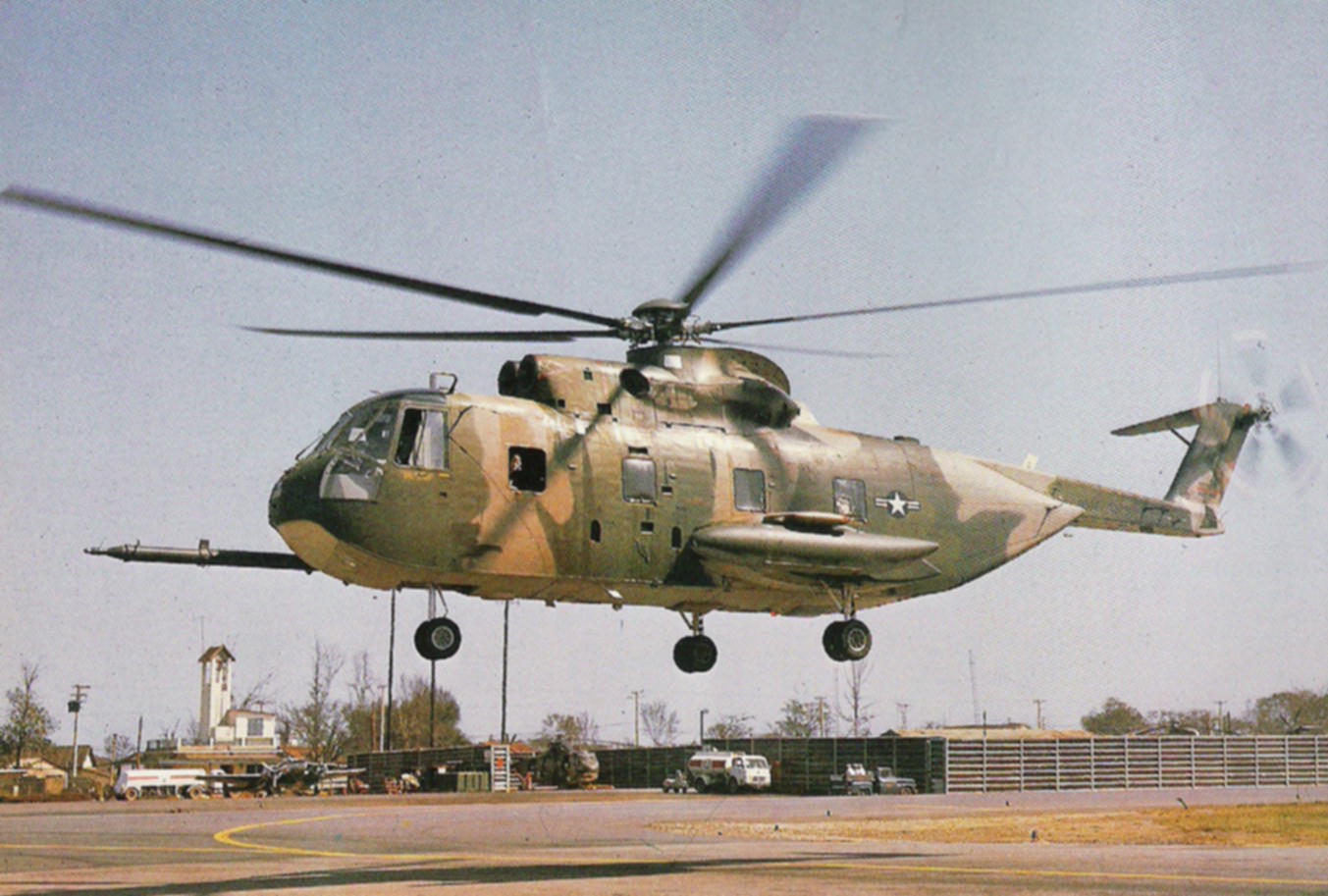
The following is excerpted from Chief Master Sergeant Hackney’s U.S. Air Force biography:
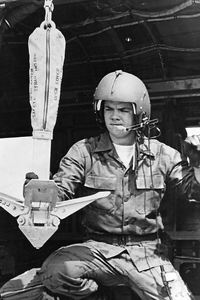
“. . . His pararescue career began quickly. Three days after reporting for duty, Hackney, now an airman second class, flew his first combat mission. On his 10th mission, in April 1966, he was hit by enemy fire while pulling a wounded Marine pilot aboard his HH-3E Jolly Green Giant. Five times in the months ahead his helicopter was shot down. He earned four Distinguished Flying Crosses and 18 Air Medals for single acts of heroism. Then came Feb. 6, 1967 and the mission that would lead to the second highest award for heroism given by the U.S. Air Force.
“That morning he descended from his HH-3E to look for a downed pilot near Mu Gia pass, North Vietnam. He searched for two hours until bad weather forced a return to base. A few hours later, radio contact with the pilot was re-established and another rescue was attempted. This time, the severely wounded pilot was found. The wounded pilot hugged Hackney and said, ‘You’re beautiful.’
” ‘Hey man,’ said Hackney, ‘I’m not the stewardess.’
“Hackney carried the pilot back to the helicopter to begin their retreat. They had to hurry because it was rapidly becoming dark. Before they could clear enemy air space, anti-aircraft artillery struck the helicopter, filling the compartment with smoke and fire. Hackney strapped his own parachute on the pilot’s back and helped him get out the door. He found a spare, oil-stained parachute just as a second 37-mm antiaircraft shell ripped into the helicopter. Before he could buckle the chute, the Jolly Green Giant’s fuel line exploded, blasting Hackney through the door. Holding on to the chute with his arms, he managed to pull the cord before plummeting into the forest 250 feet below. The chute slowed his fall, but he still plunged 80 more feet to a rock ledge.
“Severely burned and pierced by shrapnel, Hackney managed to evade capture. When an A-1 Skyraider passed overhead, he fired a flare. A chopper mission was sent in and the rescuer was rescued. When he got back to Da Nang Air Base, he was told that he was the only survivor of the thwarted mission. Four other crew members and the pilot they had gone to save had died.
“For giving up his parachute and risking his own life, Hackney received the Air Force Cross. Hackney was presented the medal by Gen. Howell M. Estes Jr., the commander of Military Airlift Command.
“Hackney continued his distinguished Air Force career, retiring in 1991 as a chief master sergeant. In 1993, he died of a heart attack in his Pennsylvania home. He was 46 years old.”
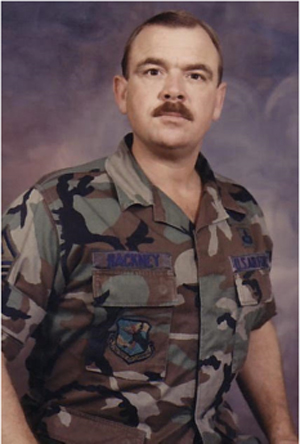
© 2020, Bryan R. Swopes


